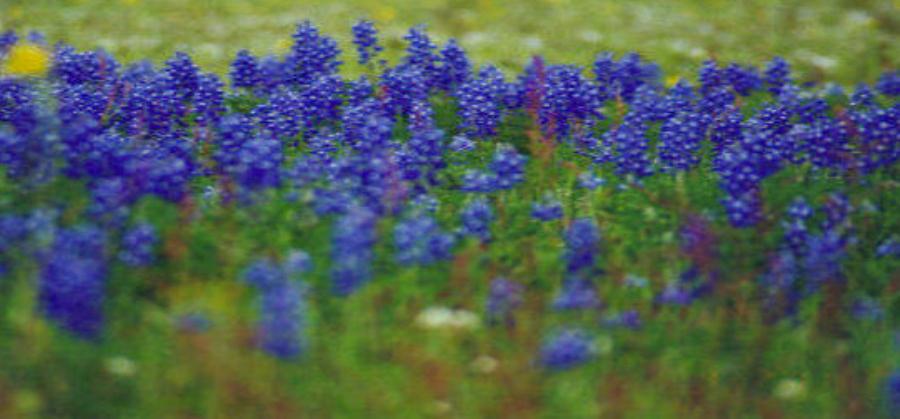In 1931, a then 57 year old Henry Babson chose to realize his dream to acquire and breed Arabian Horse by following his guideline of “Ideals are like stars. We can never reach them, but, like ancient mariners, we chart our course by them.” Mr. Babson ultimately collected a group of 6 Arabian Horses that would provide the basis for what is known today as the “Straight Babson” program.
From the Royal Agricultural Society (RAS) of Cairo, Egypt he bought three 1930 fillies: *Bint Bint Sabbah (blood-bay – Bayyad x Bint Sabbah), *Bint Saada (light chestnut – Ibn Samham x Saada)and *Bint Bint Durra (dark chestnut – Ibn Rabdan x Bint Durra). From the Stud of Prince Kamel el Dine (a past RAS president) Mr. Babson chose 1923 mare *Bint Serra 1 (black-bay – Sotamm x Serra), daughter of Lady Anne Blunt’s Sit Serra (queen of the 1917 disbanded Sheykh Obeyd/”Garden of Egypt” Stud) along with her colt *Metsur (sired by Rustem) who died shortly after reaching the US. Finally, from the Menial Stud of Prince Mohamed Ali of the Isle of Roda, Henry Babson chose the 1930 colt *Fadl and his full sister the 1931 filly *Maaroufa (both grey – Ibn Rabdan x Mahroussa). Together these six horses and their offspring evolved into the Straight Babson program that a small group of devout breeders endeavor to keep alive today. These horses were known as “Old Egyptian horses, that is, Egyptians imported and bred in the US pre-1958 whose lines trace to Abbas Pasha, Ali Pasha Sherif and Blunt horses.
About 1938 Henry Babson’s vision added a second importation from Poland of *Kasztelanka, *Kostrzewa, *Rybtwa, Azija IV, and 1934 stallion *Sulejman along with 1919 stallion *Aldebar from England via Canada and even later HVM Clark’s Nimrod. Crosses were made between these and the Egyptian group that would ultimately result in such Babson-bred horses as Azraff, Fadjur and Khemosabi, to name a few.
Another program began with Mr. Babson’s acquisition of the Saudi mare *Turfa which developed into a dynasty of its own with a strong fancy of dedicated breeders even today.
Babson combinations proved to be very successful and today there are numerous breeding groups such as Babson/Ansata, Babson/Bentwood, Babson/Black, Babson/Brown, Babson/Doyle, Babson/Gainey, Babson/Sirecho, Babson/*Sulejman, Babson/Travelers Rest and Babson/*Turfa. They can all be called part of the Babson Influence Group.
For Henry Babson, the Arabian Horse was to naturally excel in endurance that requires the qualities of stamina, movement (including speed and agility) and intelligence as well as the horse’s loyalty to his rider. Babson blood sports horses with a keen mind and Babson horses readily thrive on training and openness to new situations which are leading ingredients for horses of great versatility. Babson horses have great dispositions and their kind, trusting nature is always evident. They are distinct in character while resembling the classic old world type horse depicted in 19th century art.

Springmeadow Ranch
Elaine Yerty
28471 Waller Gladish Rd.
Waller, TX 77484
(979)921-0049
Email: SpringmeadowArab@pdq.net
© 2012 Springmeadow Ranch, All Rights Reserved